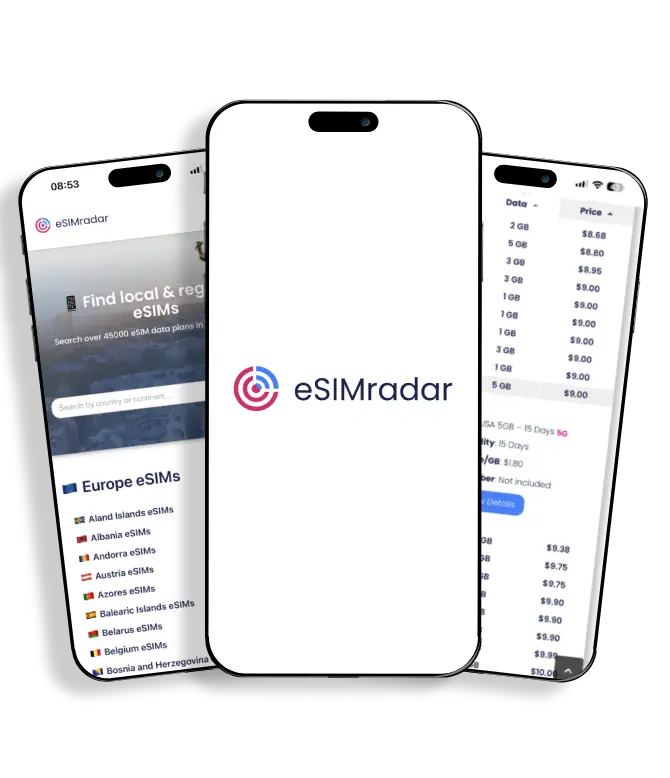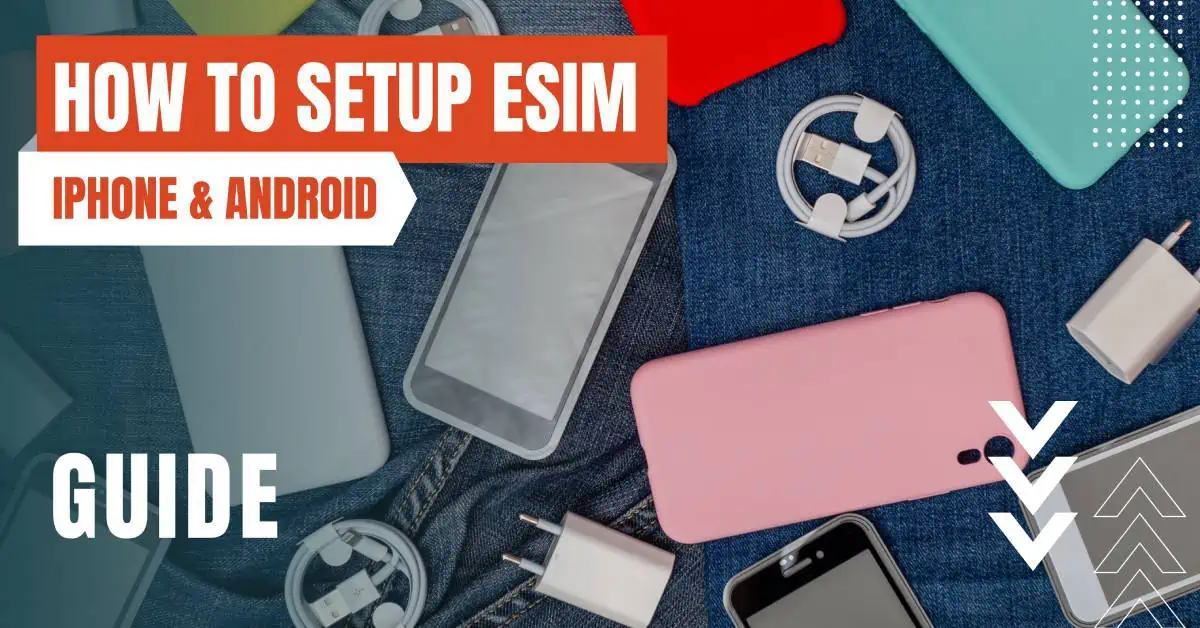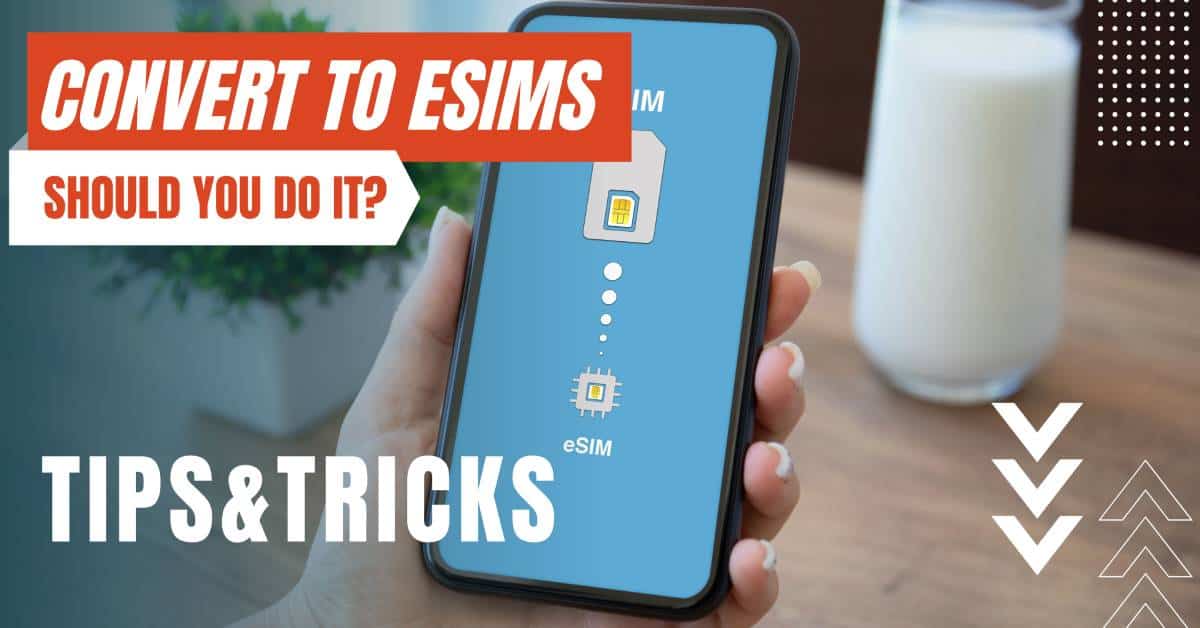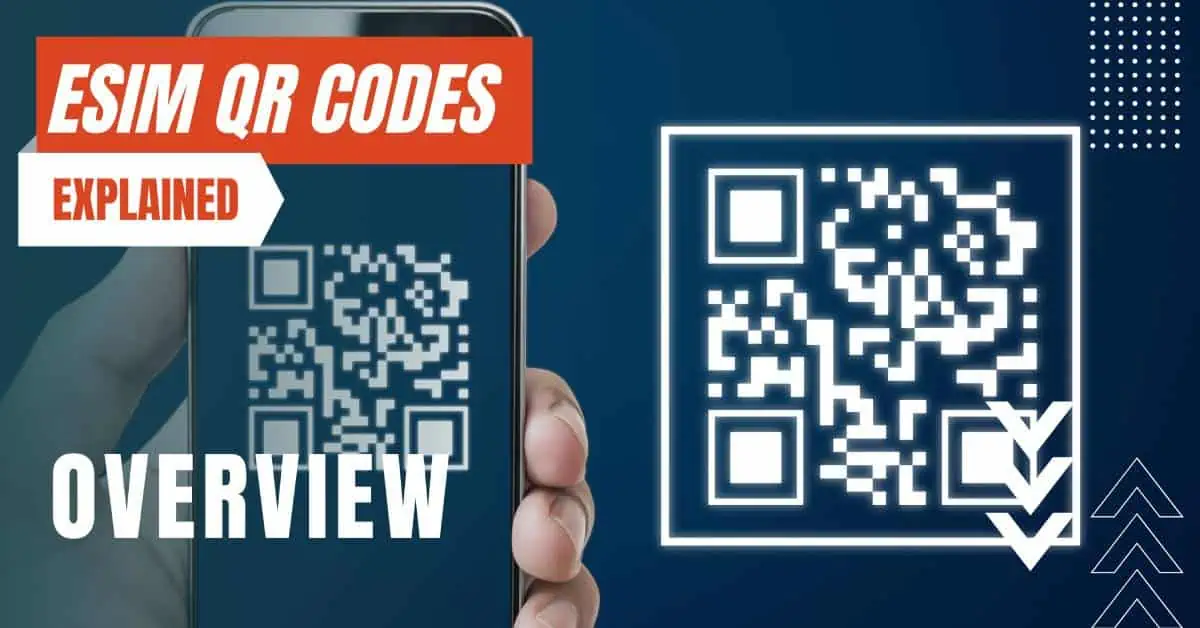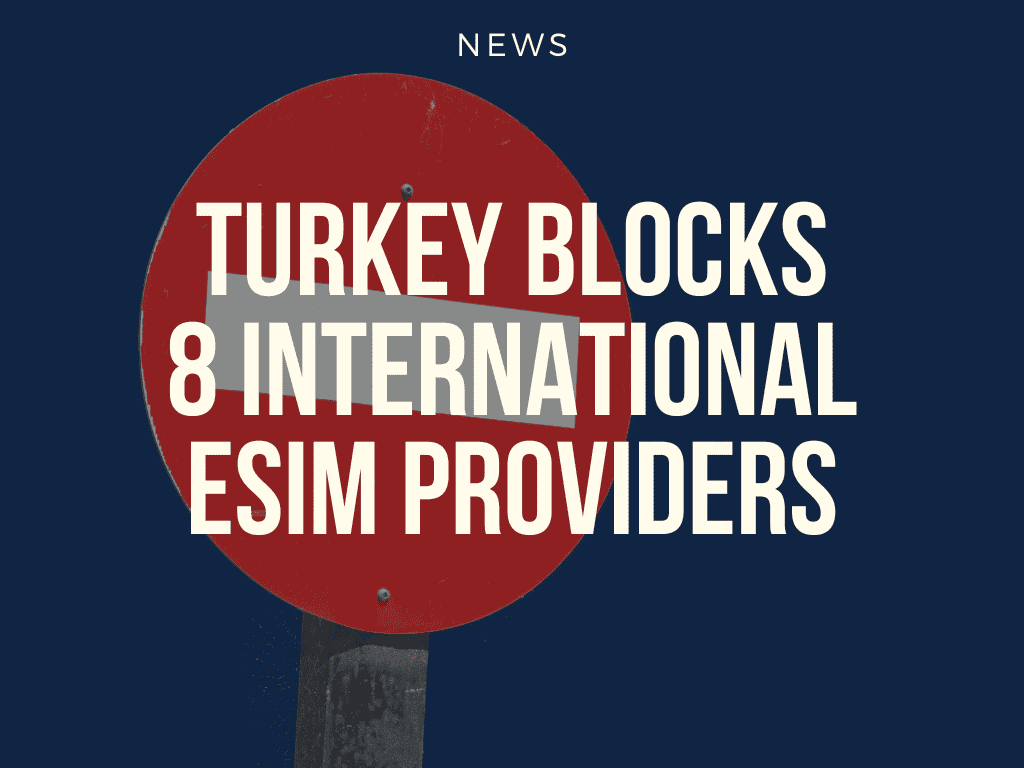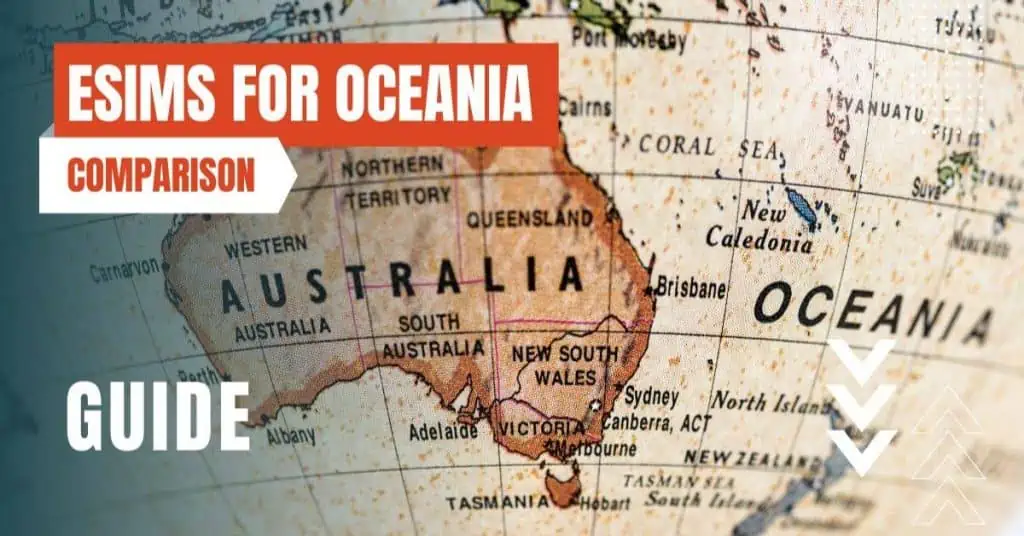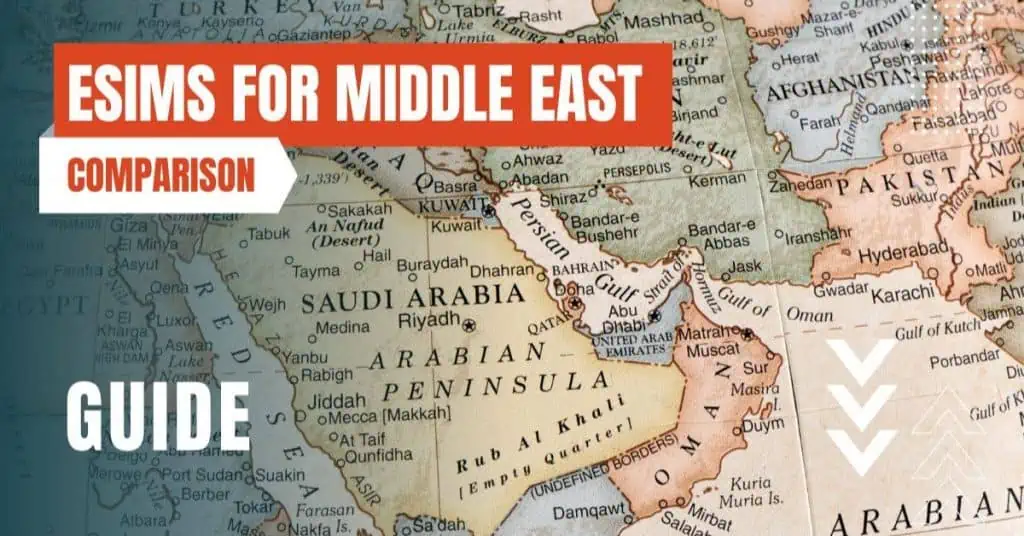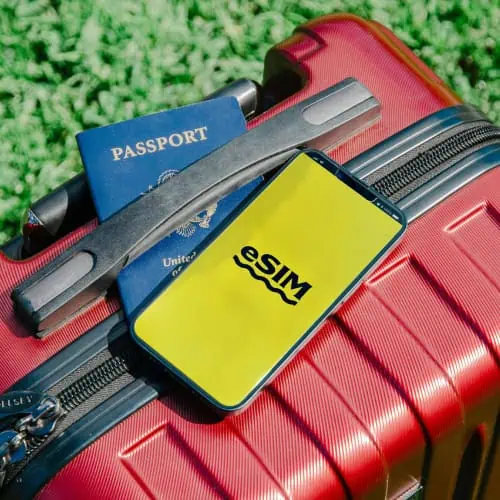All of the products and services we feature are chosen independently. If you click through links we provide, we may earn a commission. Learn more
Written by: Emily Chen
What is GSM
- Updated: September 30, 2023 | Published:
In the world of mobile communications, GSM, or Global System for Mobile Communications, is a standard that has been integral to the way we connect and communicate.
But what exactly is GSM, and why is it so important?
This article will delve into the details of GSM, its history, how it works, and its role in our everyday lives.
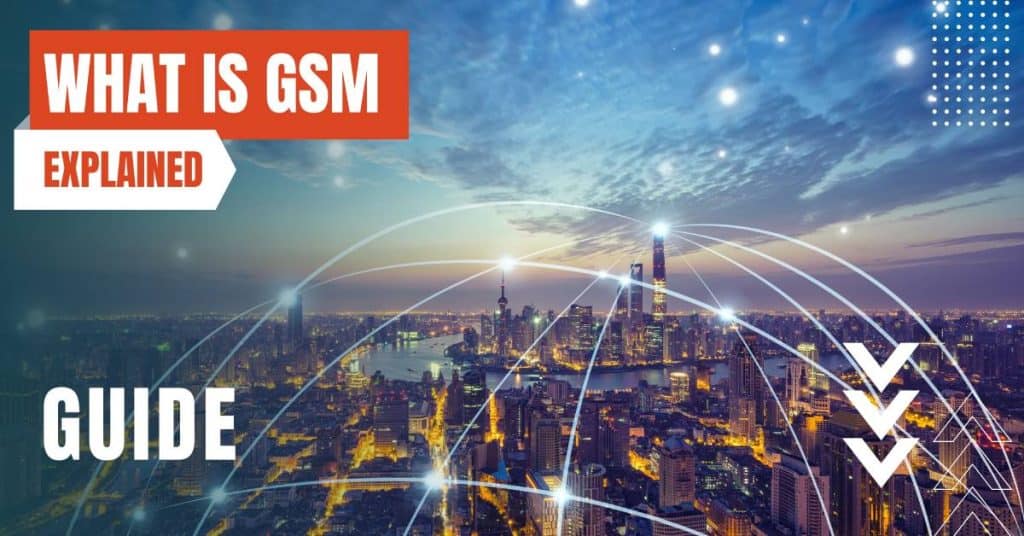
GSM Explained
The Birth of GSM
GSM, short for Global System for Mobile Communications, was first introduced in the 1980s by a group of European telecommunications companies. The goal was to create a standard for mobile telephony, and in 1991, the first GSM network was launched in Finland.
The GSM standard was designed to be compatible with ISDN services and to support services such as voice calls, SMS (Short Message Service), and data communication. It was also designed to be used with low power consumption devices, making it ideal for mobile phones.
How GSM Works
GSM operates on four different frequency bands: 850 MHz, 900 MHz, 1800 MHz, and 1900 MHz. These frequencies are divided into time slots and then into a channel. Each call or message sent through a GSM network occupies one time slot in one channel.
The GSM network is divided into three major systems: the Base Station System (BSS), the Network and Switching System (NSS), and the Operation and Support System (OSS). The BSS communicates with mobile phones, the NSS handles call routing and mobility management, and the OSS oversees the maintenance of the network.
GSM's Role in Our Everyday Lives
GSM has played a significant role in the evolution of mobile communication. It has made communication more accessible and efficient, allowing people to stay connected no matter where they are in the world.
Today, GSM is used by over 90% of the global mobile market, serving more than 5 billion people in over 200 countries.
GSM also paved the way for the development of GPRS (General Packet Radio Service), which is a packet-based wireless communication service that promises data rates from 56 up to 114 Kbps and continuous connection to the Internet for mobile phone and computer users.
GSM vs CDMA: The Rival Standards
While GSM has been the dominant mobile communication standard globally, it’s not the only one. CDMA, or Code Division Multiple Access, is another key player, particularly in North America. Both GSM and CDMA facilitate calls and data transmission, but they do so in different ways.
GSM, as we’ve discussed, divides each frequency into time slots and assigns each call a particular slot. This is known as Time Division Multiple Access (TDMA). CDMA, on the other hand, allows all users to occupy all channels at all times. It differentiates the signals by assigning them unique codes.
Each standard has its strengths and weaknesses. GSM’s time division approach is simpler and more efficient in terms of frequency use. It also allows for easy international roaming due to its widespread adoption. CDMA, however, offers more capacity for calls and data and has better coverage in rural areas due to its signal strength.
The Evolution of GSM: From 2G to 5G
GSM laid the groundwork for the mobile communication technologies we use today. It started with 2G, which introduced digital voice (as opposed to 1G’s analog voice) and SMS capabilities. 2G GSM networks also introduced data services for mobile, starting with circuit-switched data, and eventually with GPRS.
The evolution continued with 3G, which brought faster data transfer rates and enabled features like video calling and mobile internet access. 3G GSM networks used a technology called EDGE (Enhanced Data rates for GSM Evolution) to provide data speeds up to 384 Kbps.
Then came 4G, with even faster data speeds and a shift towards all-IP networks. 4G GSM networks use a technology called LTE (Long Term Evolution) to provide data speeds up to 100 Mbps and beyond.
Now, we’re in the era of 5G, which promises exponentially faster data speeds, lower latency, and the ability to connect more devices at once. While 5G isn’t based on GSM, it owes much to the groundwork laid by the GSM standard.
GSM in the Age of IoT
As we move into the era of the Internet of Things (IoT), GSM continues to play a crucial role. Many IoT devices rely on GSM networks for connectivity, particularly those that require wide area coverage and low power consumption.
GSM’s widespread coverage, low cost, and power efficiency make it an ideal choice for IoT applications. From smart home devices to industrial sensors, GSM is helping to power the IoT revolution.
The Future of GSM
While GSM has been instrumental in shaping the mobile communication landscape, it’s not without its challenges. The rise of 3G, 4G, and now 5G technologies has put pressure on GSM networks, with many carriers planning to phase out GSM services in favor of these newer, faster networks.
However, GSM isn’t going away anytime soon. It’s still widely used in many parts of the world, particularly in developing countries where 4G and 5G networks are not yet widely available. Many IoT devices still rely on GSM for connectivity, ensuring its relevance in the years to come.
From its beginnings in the 1980s to its role in today’s mobile and IoT landscapes, GSM has been a driving force in the world of mobile communications.
As we look to the future, it’s clear that GSM’s influence will continue to be felt, even as new technologies continue to evolve.
By entering your email & signing up, you agree to receive promotional emails on eSIMs and insider tips. You can unsubscribe or withdraw your consent at any time.

About The Author
Spread the Word, Share the Joy
Compare eSIMs
Why keep the secret to yourself? Spread the joy of eSIMradar and let everyone in on the eSIM experience!

Easy eSIM Comparison for Your Needs
Simplifying your search! Easily compare eSIM plans tailored to your specific needs

Coverage in 210+ Countries
Benefit from our extensive eSIM comparison with 30+ providers in over 210 destinations.

Save money without second-guessing
Our platform helps you maximize value, ensuring competitive prices.

Enjoy Hassle-Free Travel Abroad
Whether you’re on holiday or a business trip abroad, stay connected with ease and focus on enjoying your experiences,
Find Your Perfect eSIM & Exclusive Deals!
Find your ideal eSIM effortlessly and stay connected in style wherever your adventures take you! Get exclusive deals and discounts at your fingertips, ensuring you get connected for less on your travels!
